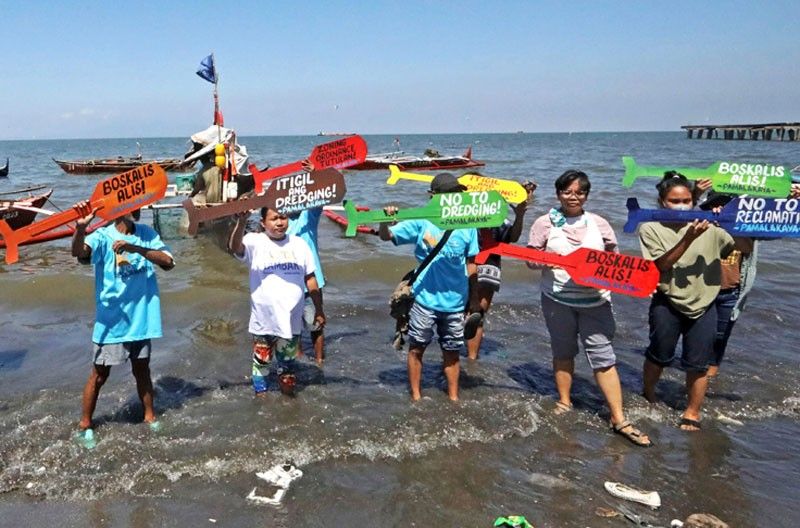Government placing cold storage facilities in various ports

MANILA, Philippines — The government will put up cold storage facilities in various fish ports to reduce post-harvest losses, improve the supply of fish in the country and lessen dependence on imports, President Marcos said yesterday.
He made the announcement during his meeting at Malacañang with officials of the Department of Agriculture (DA), Bureau of Fisheries and Aquatic Resources (BFAR), Department of Environment and Natural Resources, Laguna Lake Development Authority, Department of the Interior and Local Government and the Cooperative Development Authority.
The President, who concurrently serves as DA secretary, said one of the problems identified during the meeting was the spoilage of fishermen’s catch.
“And the solution to that was to put cold storage facilities in the fish ports,” Marcos said.
Current fish spoilage is between 25 and 40 percent due to the shortage in post-harvest equipment like blast freezer and ice making machines as well as facilities like cold storage warehouse and fish landing sites, according to BFAR.
Marcos said if the country would be able to lower the spoilage of the catch between eight and 10 percent, the Philippines would no longer need to import fish.
He said the plan is to build 11 cold storage facilities on top of those already being constructed in various ports in General Santos City and Cagayan de Oro City.
Marcos said he expects the cold storage facilities to be operational by the end of this year.
The government, meanwhile, will provide ice-making machines in smaller fish ports, he said.
The President also underscored the need to improve the aquaculture industry in the country by modernizing fishponds. He said this could be achieved by providing the credit needs of and technology for fishermen.
Marcos said they are also looking at mariculture to bolster the country’s food security and fish output.
Mariculture or marine farming is a specialized branch of aquaculture involving cultivation of marine organisms for food and other animal products, in enclosed sections of open ocean, fish farms built on littoral waters or in artificial tanks, ponds or raceways which are filled with seawater.
“There are different places in the Philippines that have small operations of (mariculture). But I think, because there is a big market for garoupa, siganid, snapper, the expensive fish, we can even export that if our system is good,” he said.
No shortage
Meanwhile, BFAR said the oil spill in Negros Oriental is unlikely to result in fish shortage – at least on a national scale.
“We assume that there could be a fish shortage somehow but on a local setting. We don’t see it happening on a national scale as the summer season nears, many areas are open after the closed fishing season,” BFAR spokesman Nazario Briguera said.
Briguera added that there are other possible alternative sources of fish to meet the country’s demand.
He said that based on data from the BFAR in 2022, Oriental Mindoro accounted for at least three percent of total fish production in Region 4-B or MIMAROPA, totaling 3,119 metric tons.
According to Briguera, at least 13,000 fisherfolk were displaced by the oil slick in Oriental Mindoro. – Bella Cariaso
- Latest
- Trending





























